Table of Contents
Ziortza-Bolibar, the village where the beginning of the history of the “Liberator of the Americas” was forged.
Ziortza-Bolibar also known as Cenarruza-Bolivar is a small town located in the region of Lea-Artibai, in the province of Bizkaia, practically on the border with Gipuzkoa. This Biscayan municipality has been named in all continents due to the historical importance of the acts of Simon Bolivar, the so-called “Liberator of the Americas”, a fact, which has helped to publicize the town, although, unfortunately, it seems that it is not as well known as we thought, and is that many of our readers were unaware of its history and location, which is why we decided to write this article. Ziortza-Bolibar welcomes us with open arms to invite us to get to know its history, culture and heritage by visiting its 2 strategic spaces: the Museum of Simón Bolívar and the Monastery of Ziortza. Do you know them?
Information about Ziortza-Bolibar.
- Area: 18 square kilometers.
- Number of inhabitants: 400 approx.
- Ziortza-Bolibar website: http://www.ziortza-bolibar.com
- Location: Lea-Artibai, Bizkaia, Euskal Herria.
Did you know that Bolivia owes its name to Simón Bolívar, who in turn owes his surname to the Biscayan municipality of Bolibar? Read on!
Ziortza-Bolibar.
This municipality stands out for its rural environment, its collegiate church and its history, elements that we recommend you to enjoy by visiting the Collegiate Church of Ziortza (Cenarruza) and the Simon Bolivar Museum.
History of Ziortza-Bolibar: Although nowadays the urban nuclei of Ziortza and Bolibar (Cenarruza and La puebla de Bolívar in Spanish) are one, it has not always been like that. There are writings from the 11th century that testify that Bolibar, at that time La puebla de Bolívar, was a town subordinated to the Collegiate Church of Cenarruza, and this religious temple has been a center of reference for centuries. In 1969, Ziortza and Bolibar were annexed to the municipality of Markina-Xemein, a situation that changed again in 2005 with the de-annexation.
Many of the inhabitants of Ziortza-Bolibar emigrated to America in order to achieve a better life, consequently, today we find descendants of inhabitants of this municipality scattered throughout America.
Neighborhoods of Ziortza-Bolibar: Ziortza-Bolibar does not have large urban centers, its 4 neighborhoods scattered on the slopes of the surrounding mountains have a similar number of inhabitants. However, if we must mention one of them, that is Bolibar, an urban nucleus in which we find the fronton of the locality and the church of Santo Tomás, two traditional spaces that together with the Museum Simón Bolívar form the most outstanding attractions.
- Arta.
- Bolibar.
- Zeinka-Zearregi.
- Ziortza-Goierria.
Simón Bolívar: Simón Bolívar (1783-1830), was the leader of the independence of some of the most important countries in South America, as a consequence, this Basque descendant is known today as the “Liberator of the Americas”. Simón Bolívar had Basque blood, the same as his fifth grandfather, Simón de Bolibar the Elder, the person who emigrated from Bolibar to America in the 16th century along with the first brave men who crossed the Atlantic in search of fortune, the pioneers of the Basque diaspora. Once in Venezuela, Simón the old man went from writing his last name with a “b” to writing it with a “v”, the reason is unknown. Simón Bolívar was born in Caracas (Venezuela) in 1783 and fought for independence throughout countries such as Panama, Bolivia, Ecuador, Peru, Venezuela and Colombia, dying of tuberculosis at the age of 47 in Santa Marta, Colombia.
Collegiate Church of Ziortza or Collegiate Church of Cenarruza: The church, the cloister and the east and west gates are some of the most outstanding attractions of this religious enclave located just 2 kilometers from the town center. The northern road, one of the primitive and most demanded roads of the Camino de Santiago is located next to this collegiate church of the tenth century, which is why it housed a pilgrims’ hospital in one of its buildings.
Simón Bolívar Museum: What better location for the Simón Bolívar Museum than the village of his ancestors? The museum is located in the baserri (hamlet in Basque) Errementarikua, behind the church of Santo Tomás, next to the river. This museum, inaugurated in 1983, not only shows us the ins and outs of the life of this historical figure, but also houses a beautiful collection about the way of life of the Biscayans in the Middle Ages. Next to the museum, on the outside, we find the bust of Simón Bolívar, a work donated by the Venezuelan Government to the town of Ziortza-Bolibar.
Monument of Simón Bolívar: In one of the most emblematic spaces of Ziortza-Bolibar, in front of the church of Santo Tomas, in the center of the town square, we find the monument or monolith in honor of Simón Bolívar. A large stone column, in which you can see the family coat of arms of the Bolivar family next to the figure of the so-called “Liberator of the Americas”, a work created in 1927 by the architect Pedro Ispizua and donated by the Government of Venezuela.
As you can see in the photos, we are not lying, Ziortza-Bolibar not only has history, it has beauty to spare.



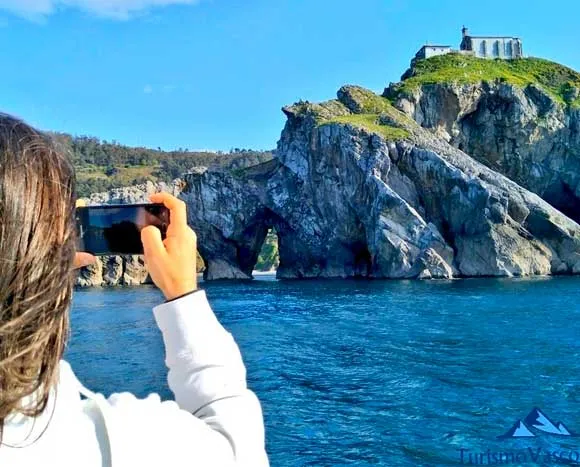


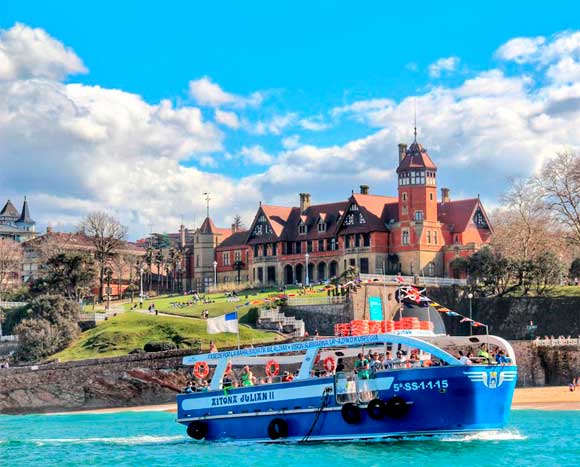
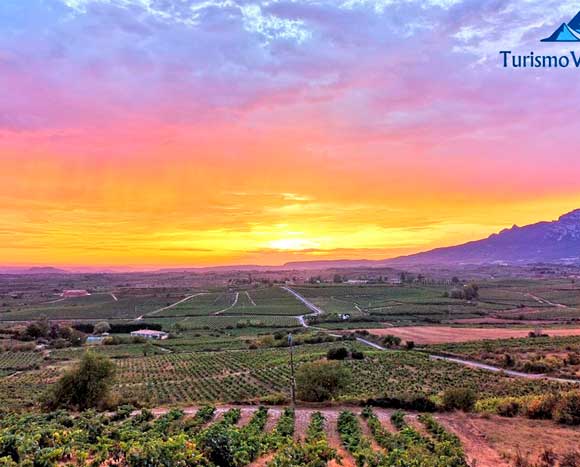












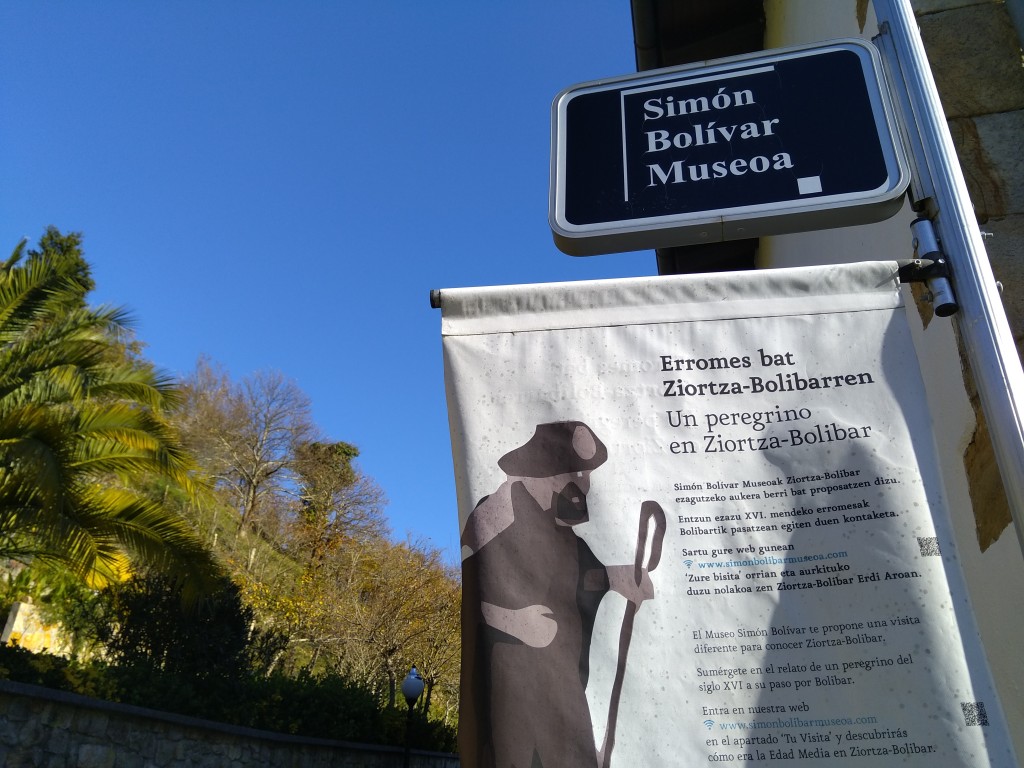
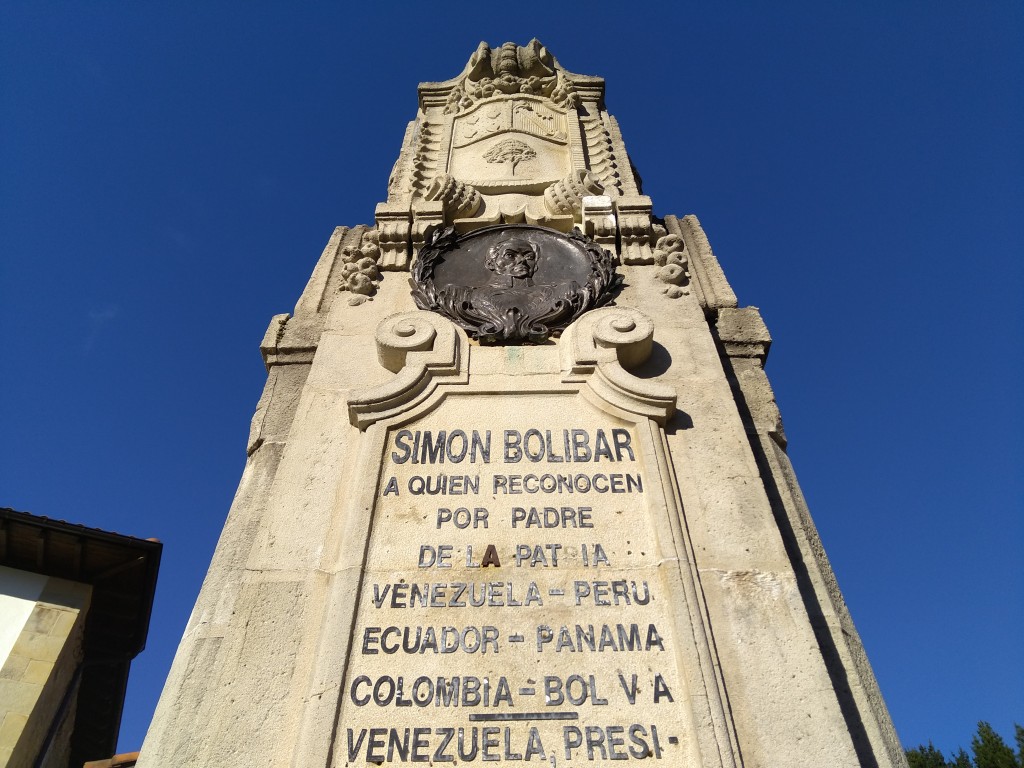
0 Comments